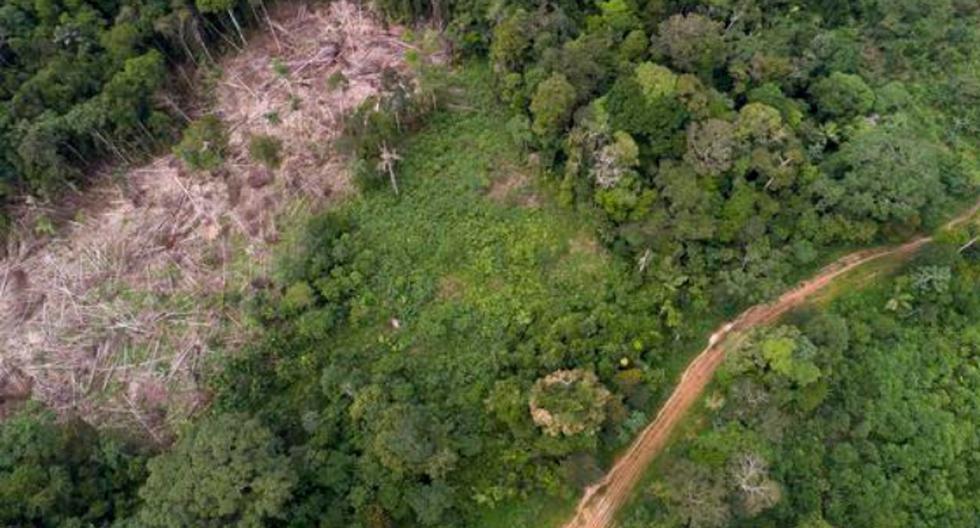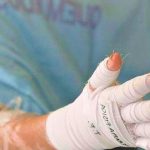With almost 70 million hectares of forest, the Peruvian Amazone It covers more than half of the national territory. These acres are home to an extraordinary variety of endemic and endangered species and boast the widest diversity of flora of the world. Given this, specialist sustainability points out that it is possible to think of a new economy to preserve and regenerate jungle.
The lung of the world is also recognized for the minerals and hydrocarbons that are found on its land and that put it in constant danger. In fact, Peru occupies the first place in the list of Amazonian countries with the largest area devoted to oil activities: 84%, including areas with possible hydrocarbon reserves. Likewise, illegal mining invades the forests, putting the flora and fauna at risk, as well as the communities that live in the Peruvian jungle.
LOOK: Peruvian industry will bet on sustainable solutions to improve its carbon footprint
Another of the main threats to the Peruvian Amazon is deforestation. In 2020, Peru reached the highest levels of deforestation in the country’s history, with a total of 203,272 hectares devastated, almost 40% more than in 2019. Today, Peru ranks fifth with the highest rate of deforestation in the world and the third largest in the Amazon, behind Brazil and Bolivia. In total, Peru has lost more than 26,000 square kilometers of jungle since 2001.
Sabina Zaffora, Sustainability Manager for Natura Hispanic Latin America, points out that what we used to call the green lung now needs a break: “We have been committed for more than 20 years to caring for this vital ecosystem, the communities that inhabit it and the unique species that depend on the forest. We know that there is no future for people without the Living Amazon”.
Faced with this scenario, Natura has managed to conserve 2 million hectares of forest, equivalent to 2.7 million soccer fields. “We work with more than 40 communities and generate income for 8,155 families in the Amazon. It is about creating a new economy that distributes income, shares benefits and recognizes the value of traditional knowledge”Zaffora adds.
The Brazilian cosmetics company activates and coordinates research networks that consider local, national and international knowledge with a focus on biodiversity, management, sustainable agriculture and ecodesign, aiming at the development of natural bio-ingredients and product innovation.
Natura materializes in several of its product lines, but mainly in Natura Ekos, which through regenerative biocosmetics bases the creation of its products on Brazilian biodiversity and presents the function of each bioactive, promoting a real connection between its users and the nature.
RECOMMENDED VIDEO
:quality(75)/cdn.jwplayer.com/v2/media/pKmModv4/poster.jpg)

















